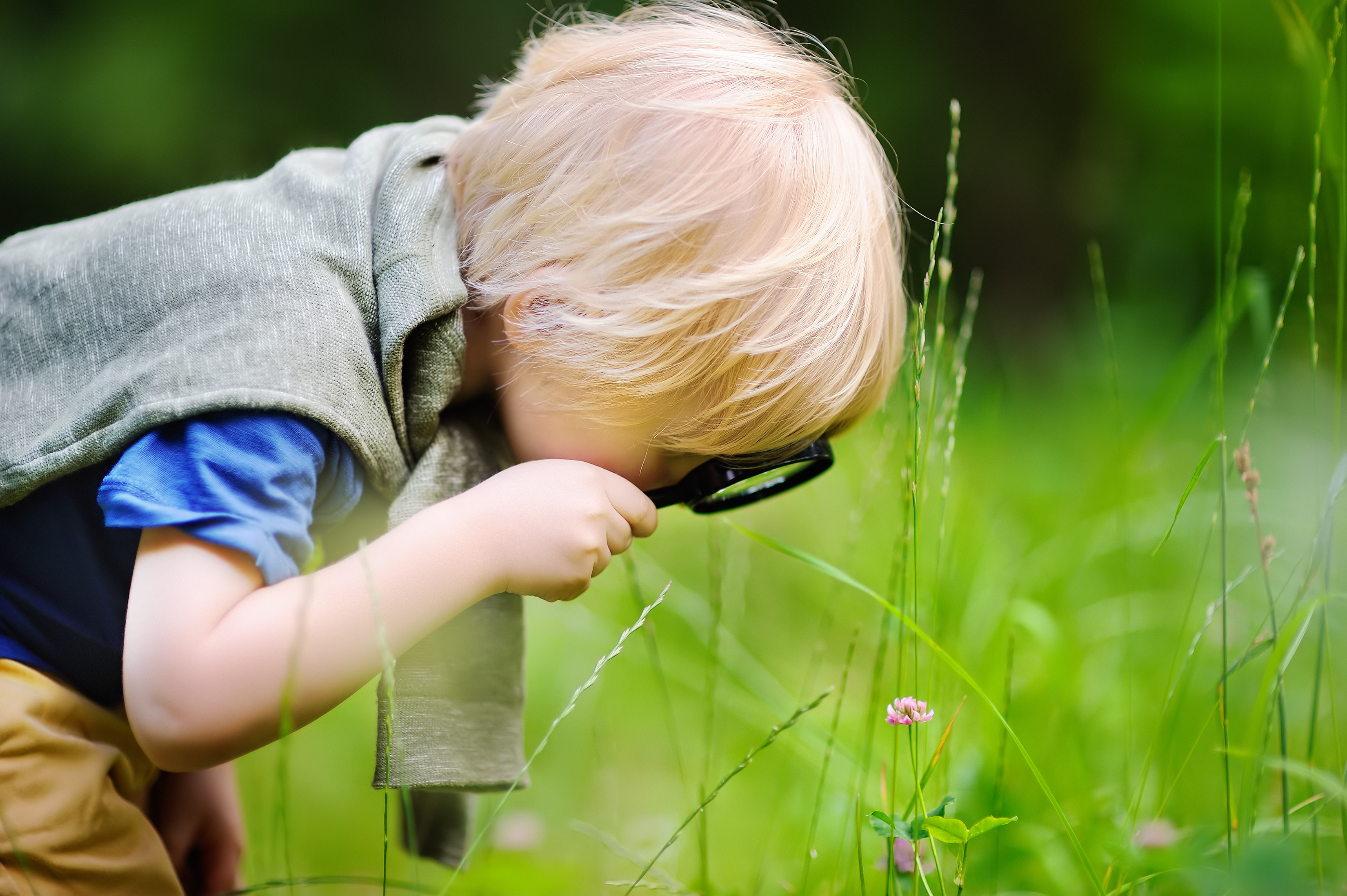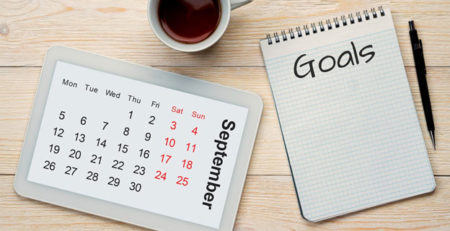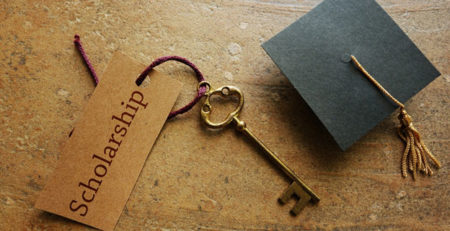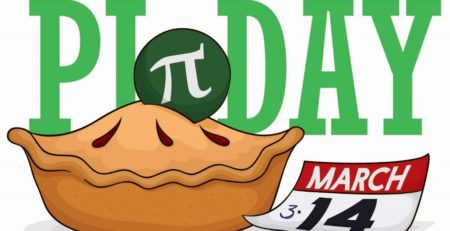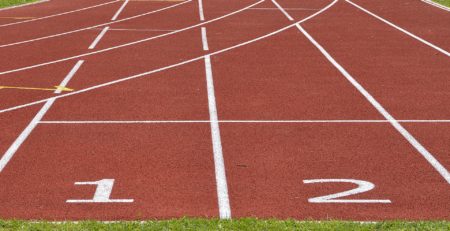Spring STEM Activities
As the temperature starts to warm up outside, it is a great time to do some STEM learning. These activities help students develop a strong educational base and equip students with life skills, which can help with future careers. Learning can be fun, and when children are having fun, they forget they are learning. The following STEM activities are designed for kids to have fun during the Spring.
Build a Gumdrop Geodesic Dome – Engineering Experiment
Have you ever seen a geodesic dome? Geodesic domes are approximately sphere-like structures made up of interconnected triangles. A famous geodesic dome is Spaceship Earth at EPCOT in Walt Disney World, Florida, but geodesic domes are also commonly found as climbing domes at playgrounds
Materials
- Gumdrops (11). Alternatively, jelly beans or other semi-firm, chewy candies may be used.
- Toothpicks (25)
Experiment:
Attach five toothpicks together using the gumdrops to form a flat pentagon (five-pointed) shape. You should have a gumdrop at each point and a toothpick along each edge. Poke two more toothpicks into each gumdrop, arranging the new toothpicks so that they are pointing up. Take five new gumdrops and attach them to the top of the new toothpicks, putting two toothpicks into each gumdrop, to form triangles. (The pentagon should form the base of the triangle, and the new gumdrops should form the top point.) You should end up with five triangles this way. Attach a toothpick between the top points of the triangles you just made, connecting the triangles together. This uses five toothpicks, and will create another pentagon shape, this time at the top of the dome. Take five more toothpicks and poke one into each of the five gumdrops that make up the top pentagon. Arrange the new toothpicks so that they are pointing up. Then poke all five toothpicks into a gumdrop in the middle, and at the top of the dome. Your geodesic dome is complete! Gently press down on the top of your geodesic dome. If it does not break, try carefully pressing down on it a little more.
Questions:
Why do you think the geodesic dome is made from triangle shapes? How strong is your Geodesic Dome? Is it surprising how well it can support one’s hand as it presses down on it?
Make a Carbonated Soda Beverage – Chemistry
The process of carbonating water and serving up a custom beverage is extremely easy.
Materials
- Baking soda, 8-ounce (oz) box
- Citric acid, 50 grams (g). You can find food-grade citric acid at your local health foods store.
- Teaspoon (tsp.), ¼-tsp. measure
- Teaspoon, 1/8-tsp. measure
- Plastic cups, clear (6)
- Liquid measure cup, 1-cup capacity
- Wooden coffee stirrers (10)
- Digital kitchen timer
- Paper towels (1 roll)
- Sugar or artificial sweetener, 50g
Experiment:
Add 1/16 tsp. (fill half of the 1/8-tsp. measuring spoon) of baking soda to the plastic cup. Add ¼ tsp. of citric acid to the same plastic cup. Gently swirl the cup to mix the baking soda and the citric acid together. Using the measuring cup, add ¼ cup of cool, clear water to the plastic cup. Use the wooden stirrer to quickly mix the solution together, and then taste the beverage. Are there a lot of bubbles? Taste a little bit of the beverage. How does it feel on your tongue? Is the liquid too gritty? After tasting the beverage, feel free to spit out the liquid. It will not harm you to swallow it, but it might not taste very much like soda yet (mostly because sweetener has not yet been added) and you also do not want to over-acidify your stomach (which could give you a slight stomachache), because there is still more testing to do. Set the timer for 1 minute and leave the beverage alone. After 1 minute has gone by, take a sip of the beverage again. How are the bubbliness and grittiness after sitting undisturbed for 1 minute? Pour any remaining liquid down the drain. Rinse out both plastic cups and wipe them out with a paper towel. Make sure that there is not any extra baking soda or citric acid in the bottom of the cup that you are using to mix the ingredients. Repeat the exercise adding more baking soda and citric acid to the mixture. Once you have developed the base recipe. It is time to add sugar or artificial sweetener to the drink. Again, how sweet this mixture will be will depend on one’s taste. So, add ¼ tsp measurement of sugar and stir it into the solution. Repeat until desired sweetness is obtained.
A Recipe for a Mesmerizing Mixture
Have you ever wondered what whipped cream, jelly, and milk have in common? Aside from all being tasty, they are also all made up of tiny particles that are dispersed, or distributed, in water. This type of mixture is called a heterogeneous mixture. Some of these have very interesting physical properties, such as acting like a solid and a liquid at the same time! In this activity, you will get to create Oobleck, a mixture that is made using cornstarch and water, and then explore these properties first-hand!
Materials
- Small bowl or cup
- Cup, mug, or drinking glass
- Fork
- Medicine dropper
- Measuring spoon
- Cornstarch
- Water
- Optional: food coloring or tempera paint
Experiment:
Add 1 tablespoon of the cornstarch to the small bowl or cup. Fill the empty cup, mug, or drinking glass with water. Use the medicine dropper to add water from the cup to the small bowl with the cornstarch. Add the water one drop at a time, counting as you go. After you have added 20 drops, stir the cornstarch with the fork. Break up any clumps that formed. Keep adding drops one at a time, stirring with the fork after every 20 drops. What happens as you add more water? Once you have added 100 drops of water total, stop for a moment and observe the cornstarch. Continue adding drops, but now mix the cornstarch after every 10 drops. Stop adding water when it looks like all of the cornstarch in the bowl has turned into Oobleck, or like all of the cornstarch has flowed together like a liquid. It will probably take around 150 to 170 drops of water total. How many drops did it take for you? How would you describe how the Oobleck looks? Play around with the Oobleck in the bowl. Poke it with your finger and put some on your fork or in your hand. If you want to color your Oobleck, add a few drops of food coloring. Tip: If it seems to get chalky while you are investigating it, try adding and mixing in a few more drops of water.
Recap
The Oobleck you made in this activity is a non-Newtonian fluid, which means it does not act like most fluids (water, juice, liquid detergent, etc.) you interact with. When most liquids are pushed against, like how you poked the Oobleck with your finger or fork, they move out of the way. Additionally, the harder they get pushed, the faster the liquids move out of the way. Water, and most fluids, are Newtonian fluids and behave in this way. However, since the Oobleck is a non-Newtonian fluid you should have seen that it does not behave like this. When you put stress on it, such as by pressing down on it or poking it with the fork, it became harder, changing into a solid. When you did not poke at it, but instead just placed some on your fork or held it in your hand, the Oobleck again changed, this time becoming a runny liquid. The more pressure you put on the Oobleck the more solid-like it becomes.

